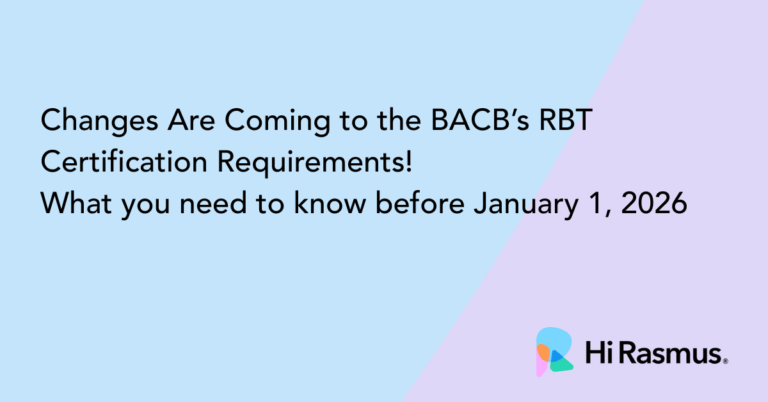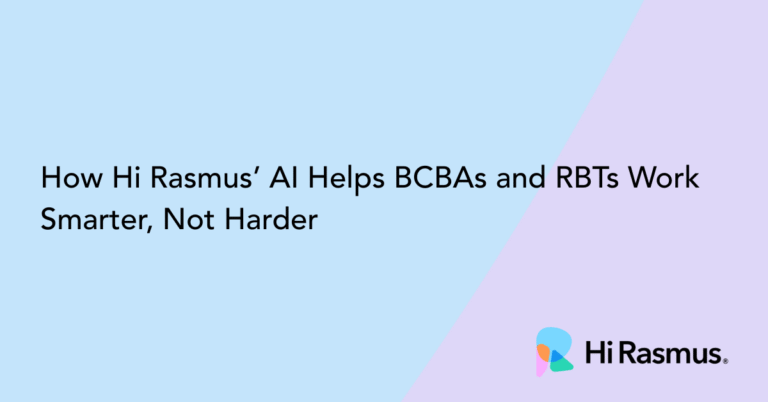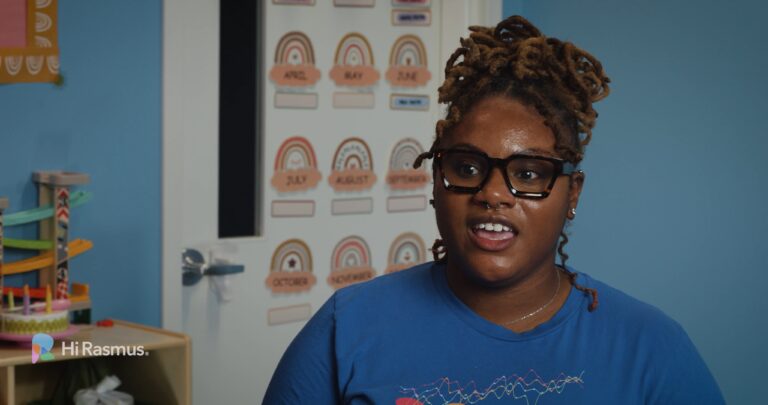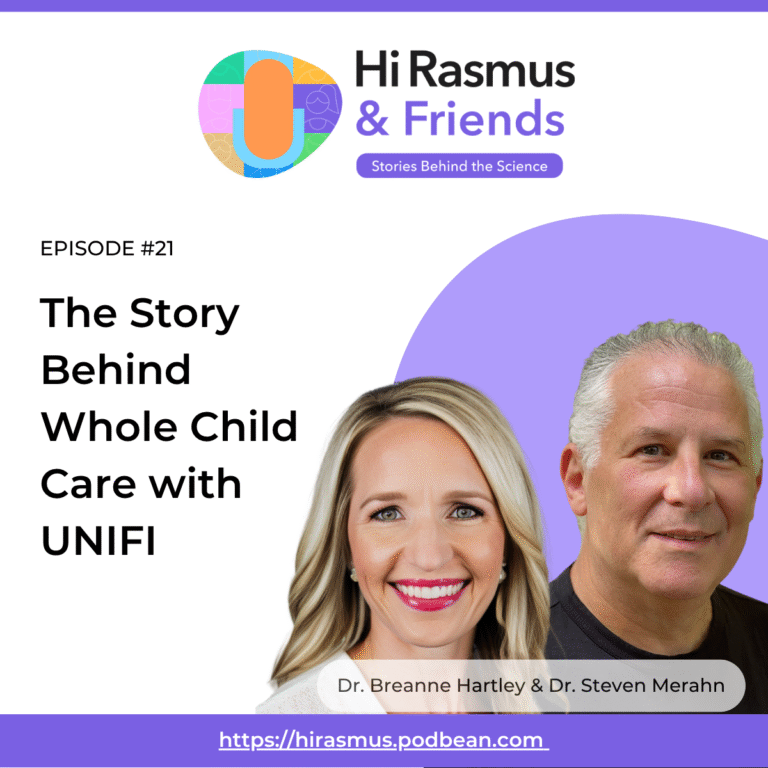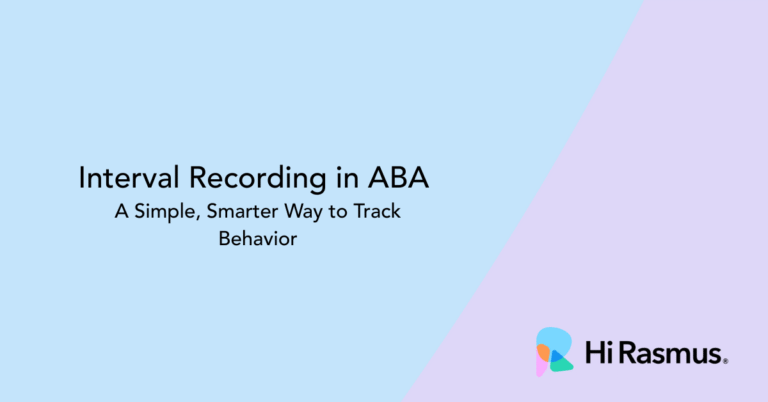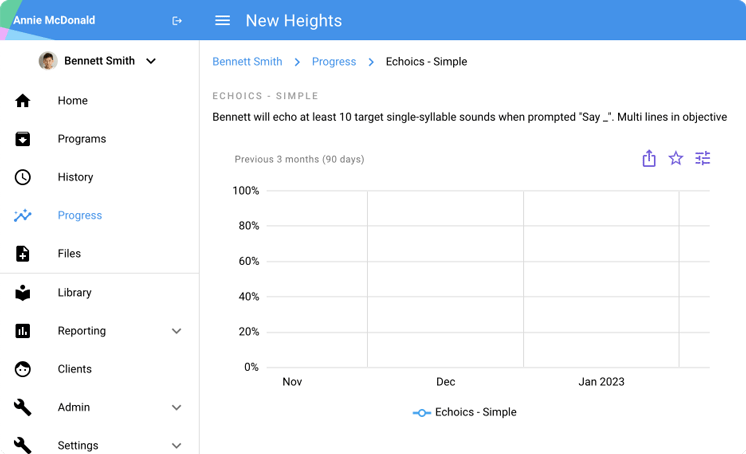School readiness for children with autism is more than just learning ABCs; it’s about building durable behavioral, social, and learning skills that carry into every classroom. In our latest Hi Rasmus webinar, we partnered with expert clinicians from Hopebridge to share actionable strategies for generalization programming, circle time curriculum, and real-world ABA implementation to support smooth school transitions.
Why School Readiness Matters in ABA
As highlighted by our speakers, the leap from 1:1 ABA sessions to the demands of a group-based school setting can be daunting. Many children with autism face challenges with:
- Multi-step directions
- Reduced reinforcement schedules
- Complex behavioral expectations
- Peer interaction and group learning
This makes it critical for ABA providers to intentionally program for generalization, ensuring skills taught in therapy transfer into natural school environments.
Evidence-Based Strategies for Generalization
Drawing from foundational research (Stokes & Baer, 1977), the webinar emphasized:
- Training across multiple exemplars
- Loosening contingencies and fading prompts
- Incorporating natural stimuli and peer modeling
- Delaying and varying reinforcement schedules
By shifting from passive to active generalization programming, clinicians can empower children to succeed beyond the therapy room.
Inside the Hopebridge Circle Time Curriculum
Hopebridge developed a comprehensive Circle Time and Small Group Curriculum, designed to mirror early education environments. Key components include:
- A structured teacher manual with lesson plans and visual schedules
- Book-based activities targeting listener responding, tacting, and intraverbals
- Level-based art projects and thematic extensions to support creative play and peer learning
- Built-in data collection and prompt-fading strategies to ensure progress toward independence
Real Case Studies: Andy and Jake
Two powerful case studies demonstrated how structured programming can yield transformative outcomes:
- Andy, a 3-year-old non-vocal learner, progressed from rigid play and elopement to engaging in functional toy use, peer play, and multi-step routines using visual schedules and embedded choice.
- Jake, a 5-year-old with strong social interest but severe articulation delays and aggression, successfully transitioned to small group participation and peer turn-taking through Skill-Based Treatment (SBT) and systematic generalization extensions, including novel adults, variable reinforcement, and articulation support.
Practical Implementation Tips for ABA Teams
- Use natural classroom cues like visual job charts and group prompts
- Build peer-based routines and embed choice into instruction
- Fade adult proximity and reinforce independent engagement
- Use backup reinforcers (e.g., sticker charts) to simulate classroom reinforcement systems
- Collect data on higher-order social behaviors (e.g., peer praise, flexible play)
Empowering ABA Providers with Hi Rasmus
At Hi Rasmus, we believe in enabling ABA providers with the tools and data systems to deliver high-quality, person-centered care. Our clinical data platform is designed to help your team track progress, optimize generalization, and drive outcomes, so children are ready not just for school, but for life.

